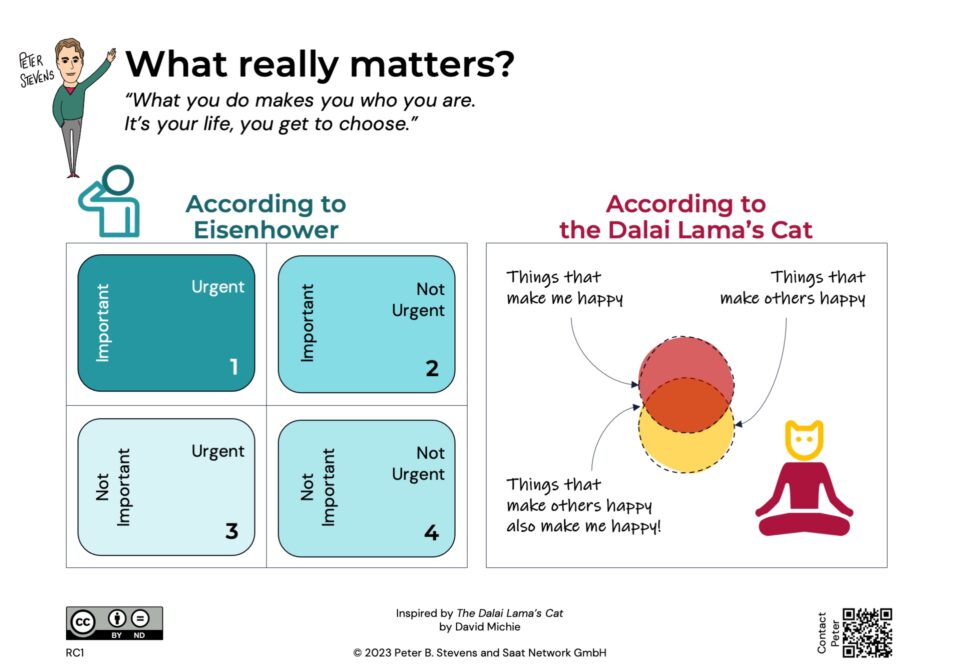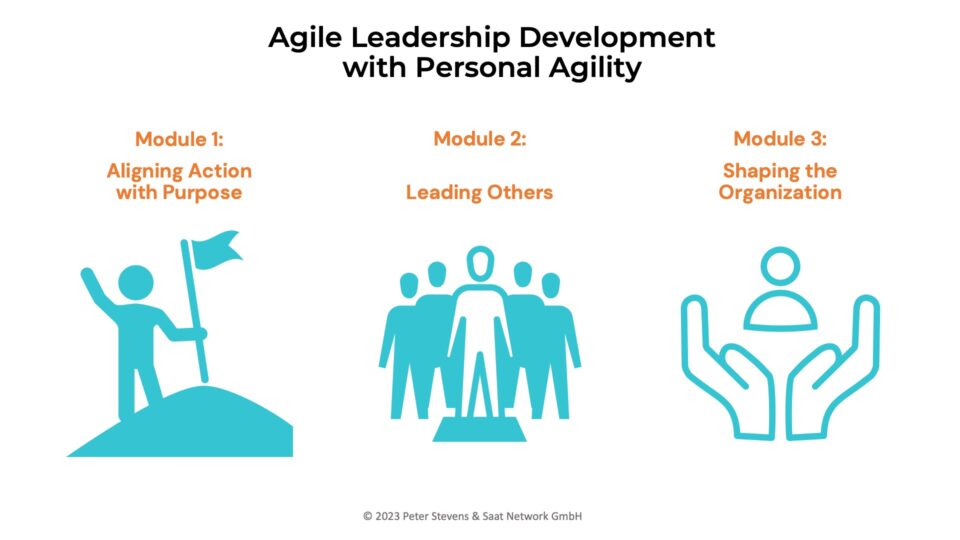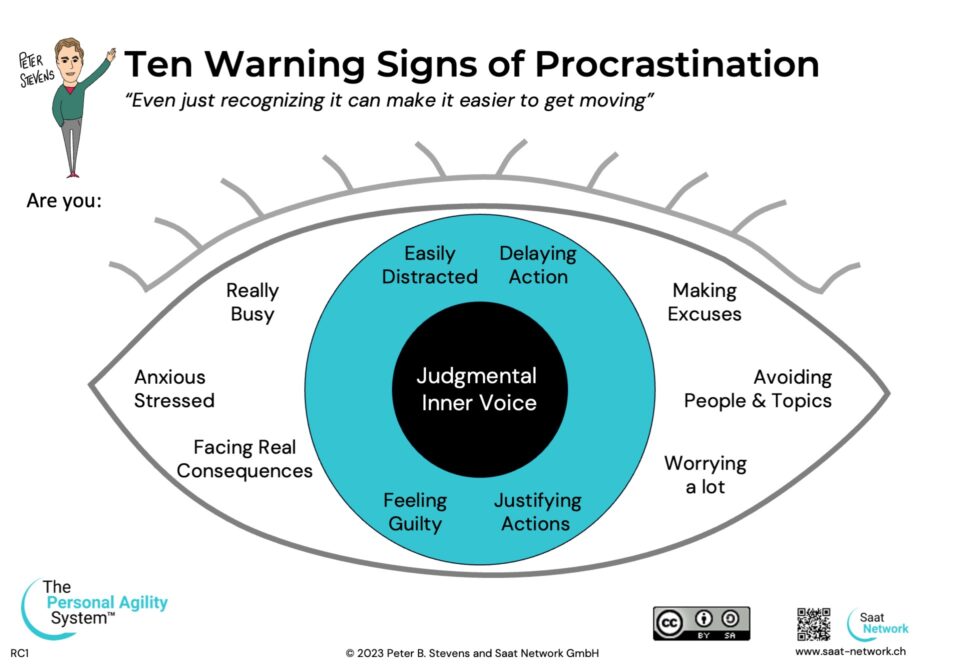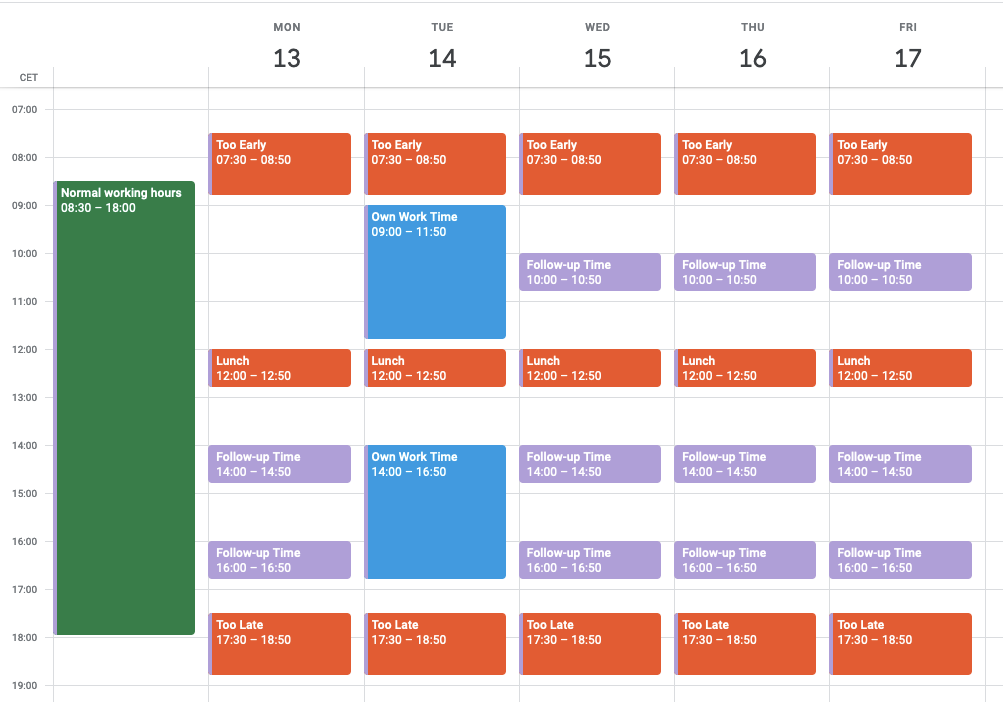
Peter’s Protocols for Sustainable Meetings
08-03-2023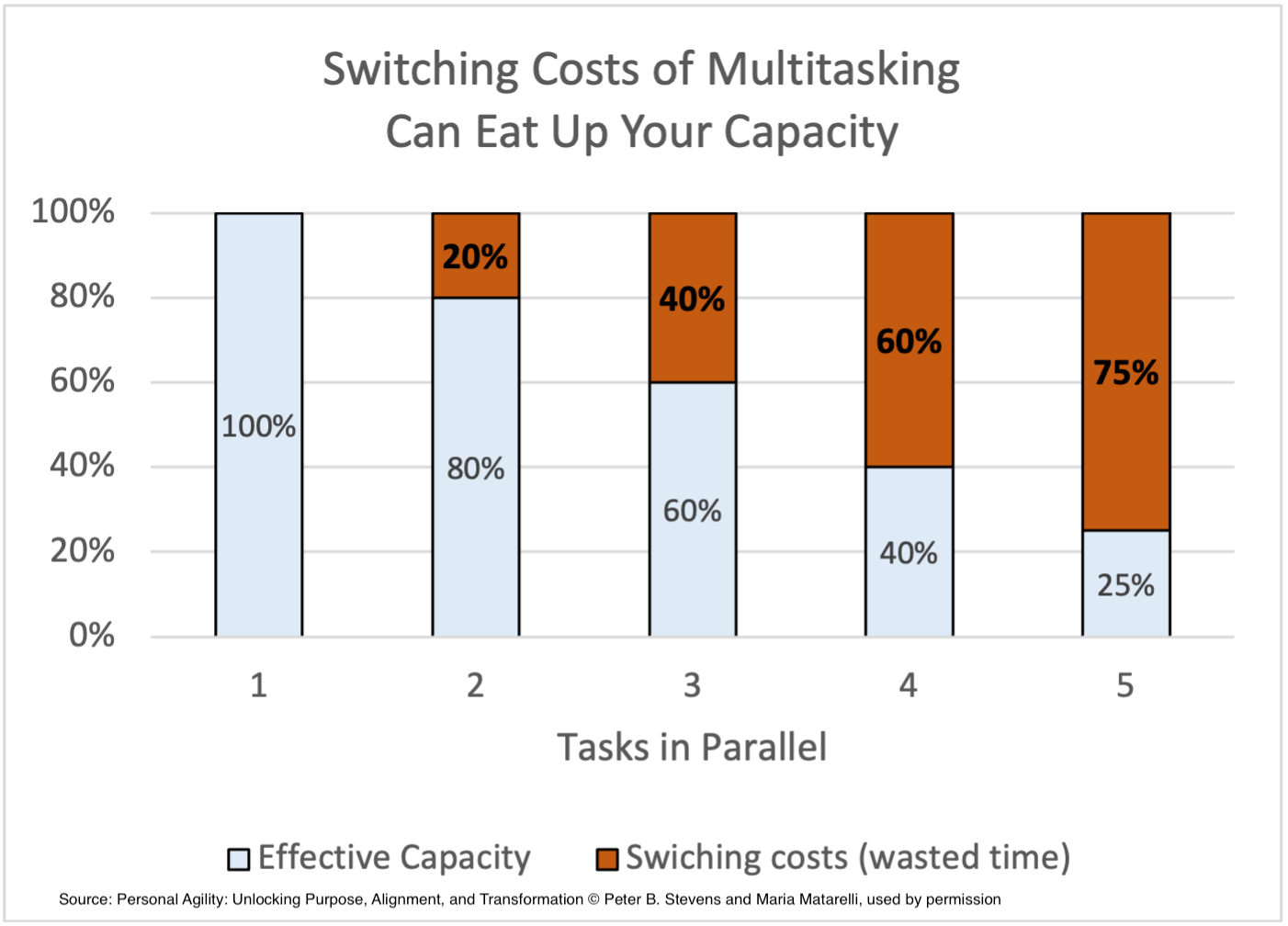
3 Tips to Beat Multitasking
13-03-2023❓ Are meetings always bad? 👉 Of course not. Still they are expensive… Here is my Meetings FAQ to help you have fewer and better meetings.
Q: What is the real impact of bad meetings?
The real impact is you can’t innovate, so you lose relevance to your customers. The work is not inspiring, so it is difficult to attract and keep top talent!

Q: Are meetings always bad?
Of course not. Still they are expensive. A good meeting exchanges information among the participants, sets things in motion, and enables people to move forward. A bad meeting consumes time without generating any useful value. All meetings are expensive, so it is best to treat them as an investment. Just as you are careful how you spend your money, be careful how you spend your time!
Q: How expensive are meetings?
There are two ways to answer that question. One is the direct costs, the other is about the impact on company performance.
Q. What are the direct costs of a meeting?
If you have 8 people in a one-hour meeting, that is 8 person hours, or one person-day. If you hold that meeting every week, like a team meeting, that is now the equivalent of a 20% part-time employee who is doing nothing but go to meetings. If that meeting lasts all morning, it is the equivalent of an 80% employee! If you could get rid of that meeting, it would be like having an extra contributor for free!
Q: How does that translate to money?
What is the all-in cost of an employee? Each company has their own way of calculating that. Some look at salary and benefits costs. Others have more inclusive definitions, including things like office space, IT- and HR support. Here in Switzerland, the numbers I have heard range from $150K to $300K per year.
If you assume each person costs $100 / hour, then that 1-hour meeting with 8 people costs $800 and the weekly meeting cost $40’000 per year. How many people in your organization are authorized to spend 40K without ensuring that the money is well spent?
That sounds like a lot of money, but the real cost is in time and the impact on company performance.
Q. How do wasteful meetings impact company performance?
Meetings are urgent, so they have priority. The work of the company is important but not urgent, so it gets pushed aside to attend the meetings. Meetings take away from the productive capacity of the company.
It is common for a company to need 6 months to accomplish in what it could do a week if people could focus on a task and get it done. Most of this inefficiency is attributable to excessive multi-tasking caused by too many meetings.
The real impact is you can’t innovate, so you lose relevance to your customers. The work is not inspiring, so it is difficult to attract and keep top talent!
Q: What is a good meeting?
A good meeting helps you do your job. A good meeting exchanges information among the participants, sets things in motion, and enables people to move forward. The purpose is clear, and every participant would agree that their presence in the moment is essential. It lasts long enough to get the job done, but no longer than necessary.
For example, Scrum uses meetings to decide what to achieve in the coming weeks, coordinate work for the day, figure out what requirements really mean, review intermediate version of the product under development, and identify improvements in effectiveness and efficiency.
Q: When do virtual meetings make sense?
The COVID shutdowns proved that we can work virtually, and the tools for doing so have gotten much better. Virtual meetings lower the transaction costs of meeting. They make it possible to work with anyone, anywhere. Eliminating commuting saves both time and money. If actual long-distance travel is involved, the savings are even greater.
The downside of virtual is the lack spontaneity and ease of interaction.
Q: When do face-to-face meetings make sense?
Creative activities, like brainstorming and prototyping can really benefit from face-to-face activities. Trust-building is also easier when you can see each other, eat together, got out for a beer together, get to know each other, etc. Spontaneous interactions, like networking during the coffee breaks at a conference, don’t really happen at a virtual event. These are all cases where we might prefer to meet face-to-face despite the costs involved.
Q: What are strategies for having better meetings?
There has been a lot written about this, but it doesn’t seem to be having much impact on. Meetings still consume and ever-increasing percentage of company capacity. Challenge time-wasters! The best meeting is no meeting.
Q. What are classic time-wasters?
Here are three: Reporting, informational, and Hand-offs.
Q. How can you get rid of Reporting meetings?
Reporting meetings are candidates for replacement with an information radiator. For example, a Kanban board can both enable Sales to track leads through the acquisition process. It also informs leadership about status of the sales funnel. A quick stand-up can be used to identify the need to get active; the right people can get on it right away, without tying up the rest of the department in a boring meeting.
Q: What can you do about Informational meetings?
Informing can be achieved through something as simple as a company-wide Priorities Map that makes clear what really matters to the company, what initiatives are active, and how they are prioritized. This allows every team and every individual to select and prioritize their work to best support company objectives with minimal need to consult management on routine questions.
Another approach is to record the main message in a video, then be available for an AMA or “Ask-Me-Anything” to discuss the impact of the message. These are just possibilities. There are many alternatives!
Q. What is the issue with Hand-off meetings?
Here you are discussing the work without the people doing the work being present. This wastes time in three ways: 1) you will need at least one additional meeting to explain it to the actual contributors. 2) you introduce a delay between sharing the information and getting it to the people who can act on the information, so it will take longer to implement. Any questions that need to go back to the source are also subject to delay. 3) the hand-off introduces noise. Important information gets lost, and wrong information gets introduced.
Hand-off meetings are easily replaced by direct communication between the people doing the work and the people who will benefit from the work.
Q: We can’t get rid of all meetings, so how can we improve the meetings we need?
Here are a couple of possibilities:
- Clarify the purpose of the meeting. Have a clear, tangible goal for the meeting. This could take the form of a question: e.g. Which three products do we want to focus on next quarter?
- Time-box your meetings. Limit them to 50 minutes or less. This leads you to be clear and focused on what you need to achieve.
- Standardize your meetings. For example, Scrum defines just 5 meetings. Each one has a clear purpose and desired attendees. By ensuring that all the bases are covered, Scrum eliminates the need for most other meetings. So even though they are longer than one hour, they are still a good use of your time.
- Have an independent facilitator. A facilitator ensures that the meeting has clarity of purpose and an outcome. A well planned and facilitated event can have spectacularly better outcomes than a routine meeting that was squeezed in between two other routine meetings.
Q: What if my question hasn’t been answered?
This is a work in progress. Ask me, and I’ll probably add the answer to this page!
Q: Peter, can you help us solve the too many meetings problem?
I created the Unstoppable program for companies that want their initiatives to move forward faster. Identifying the friction, waste and redundancy caused by too many meetings is a big part of the program. Reach out to me on LinkedIn or contact me here for more information!


